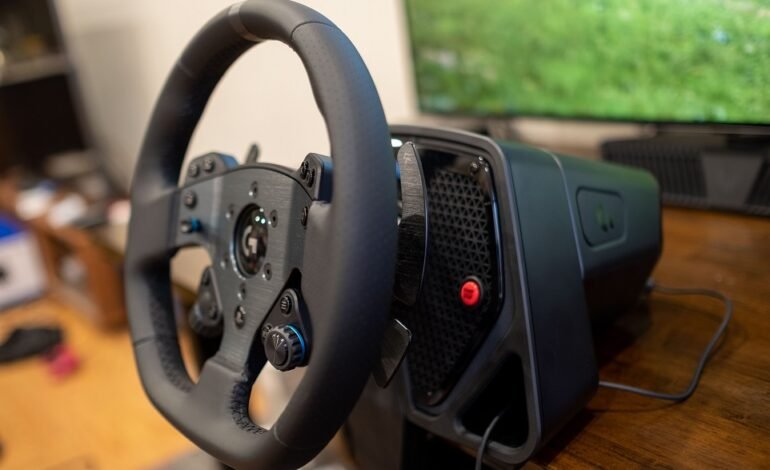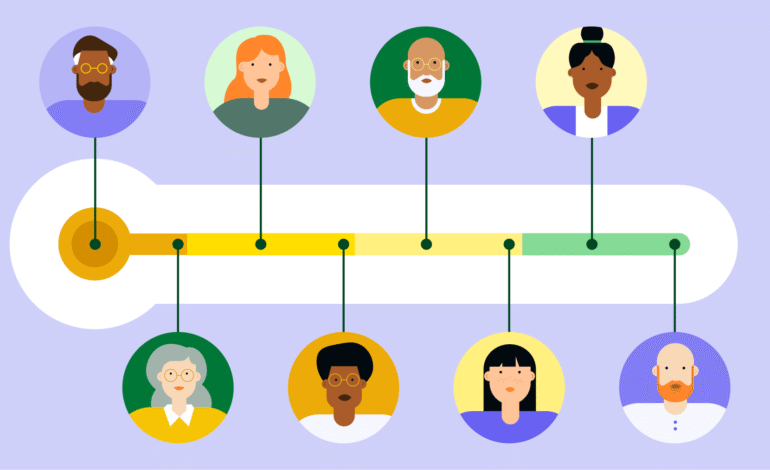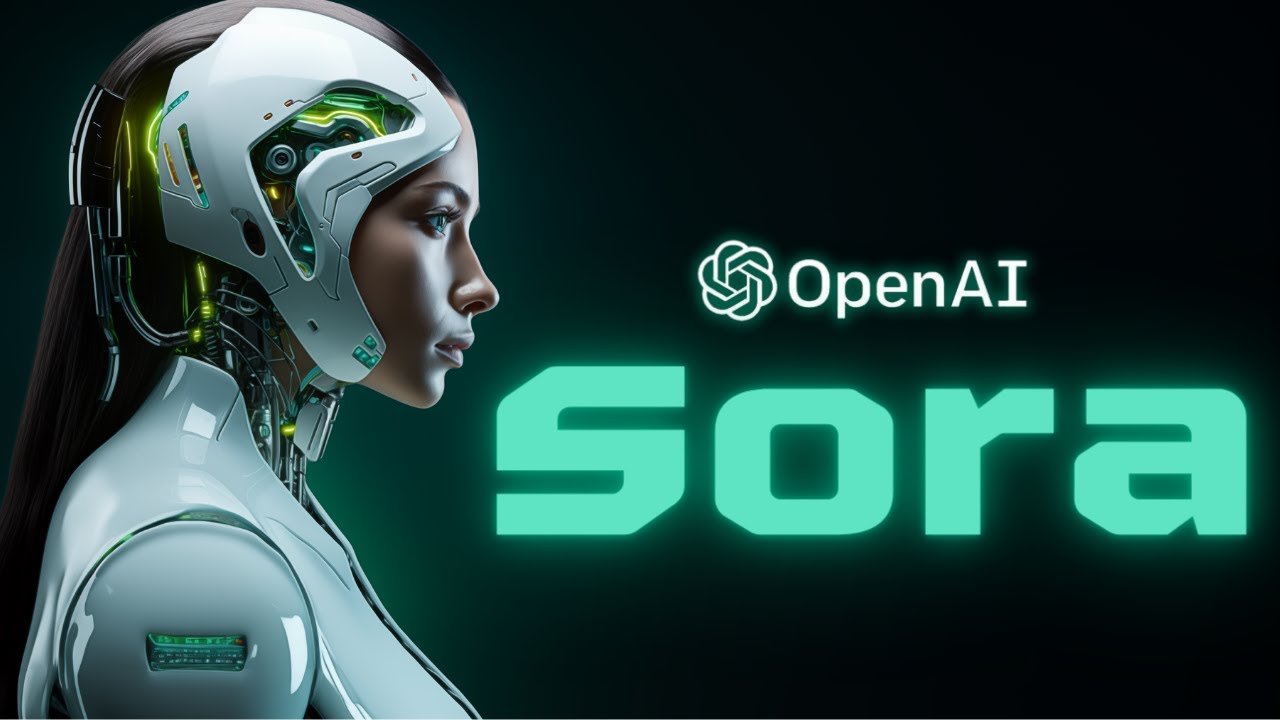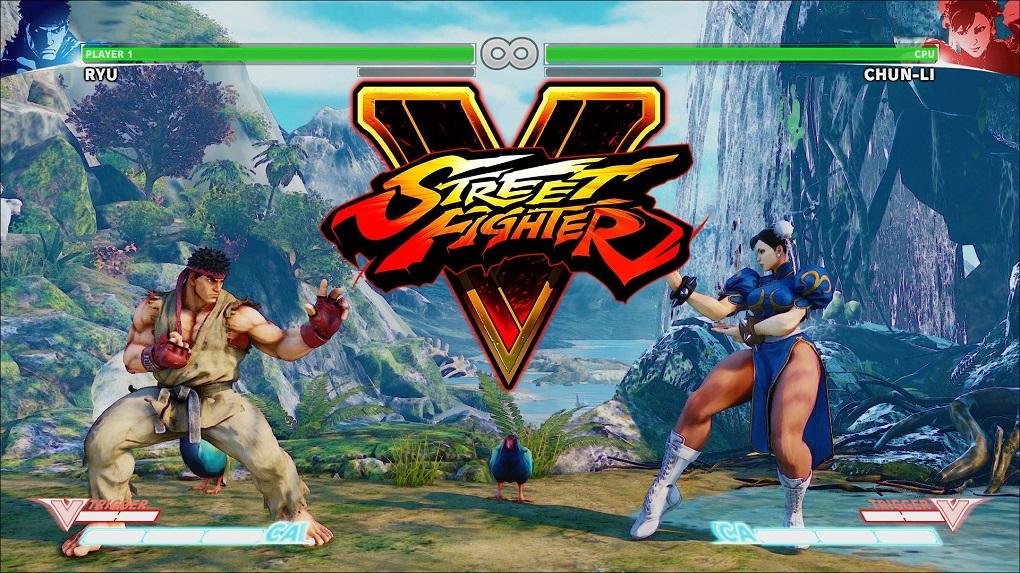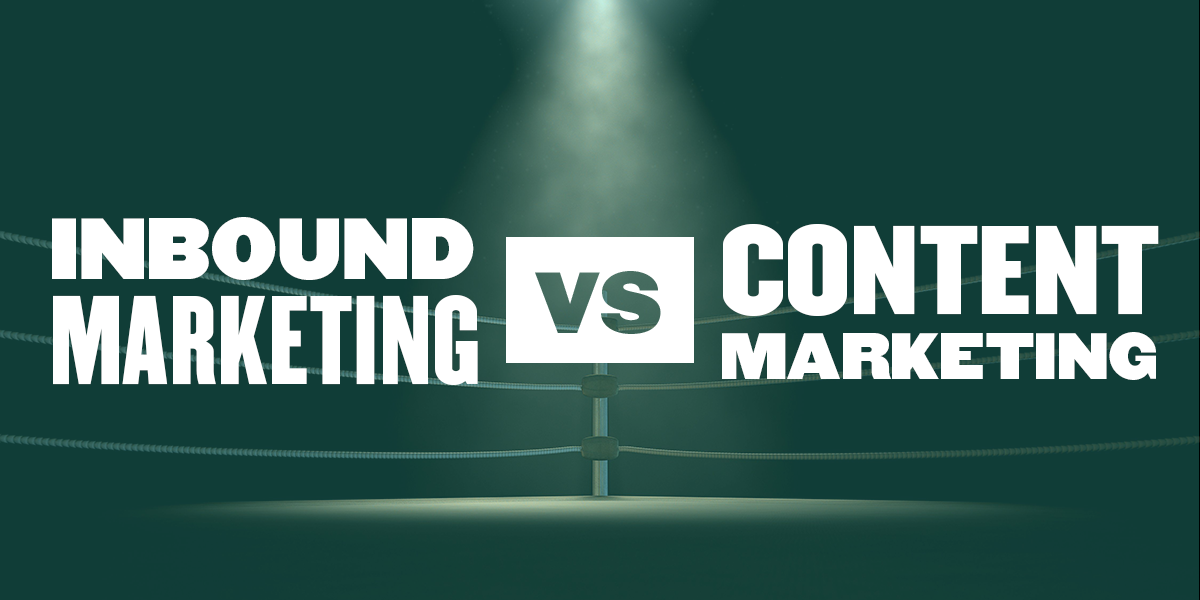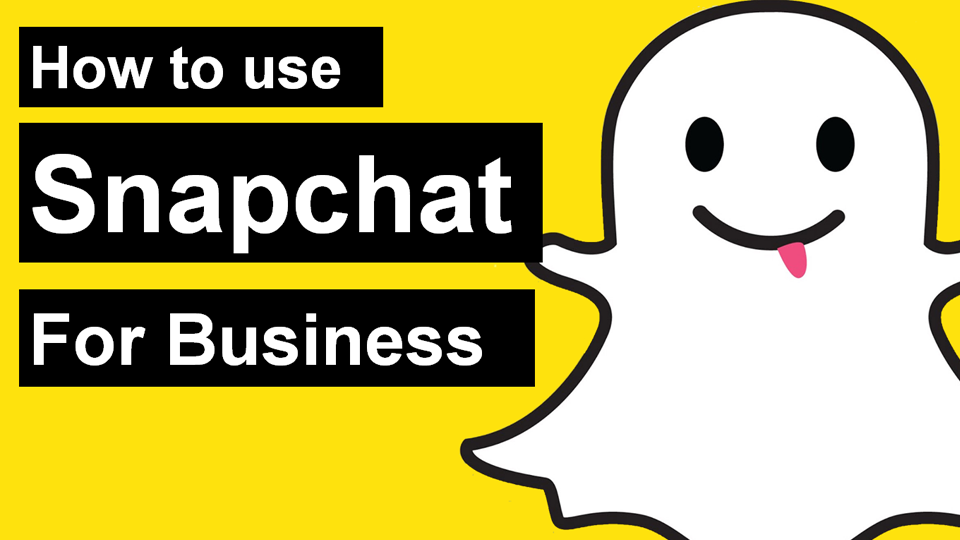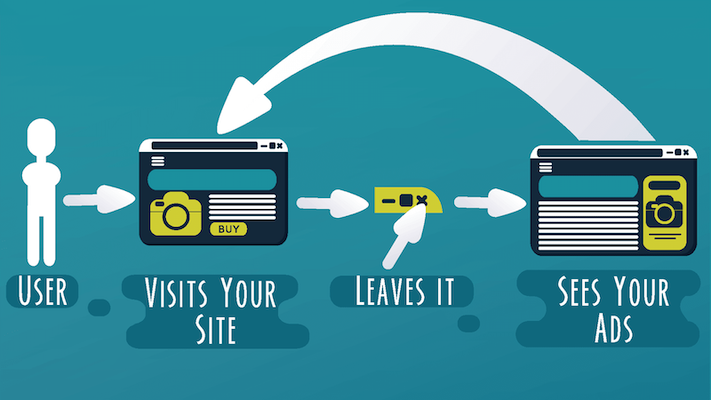Web design trends: what’s in fashion now
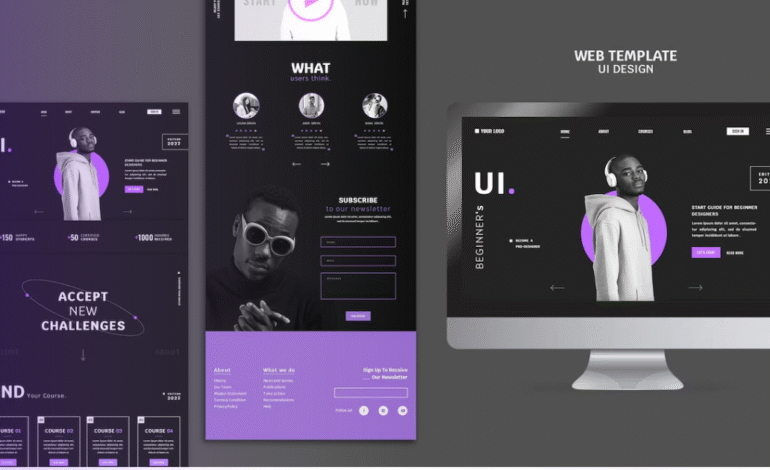
The motto of web design experts should be “renew or die.” Every year is full of news and fashions, to the point that we can almost know on what date a website was created at a glance. And of course, both clients and agencies want to have a state-of-the-art website to complement their Digital Marketing.
To help you out, let’s review 10 web design trends. Of course, it’s not about applying them all at once (it would be impossible!), but about seeing which ones can best fit into each brand’s unique style.
10 Web Design Trends
1) Design Systems
A design system is a collection of reusable components, subject to a series of rules, limitations, and principles. In recent times, more and more brands have a design system and even make it available to the public.
Big companies like Shopify, Airbnb, and Trello have already joined this trend, publishing their own style guides that explain in depth the reasons for their design decisions. Even if you don’t dare to publish your design system, having one will help you speed up decision-making and reduce inconsistencies.
2) Animations
The GIF Animation has been with us for many years, but now they are moving from chats and social networks to occupy a leading place on websites.
As web design elements, animated GIFs are an excellent resource for capturing users’ attention and explaining complex concepts effectively. In addition, they can now be viewed on most browsers and mobile devices.
3) Flat Design
Flat Design is, quite simply, minimalism applied to web design. Its commitment translates into websites with a simple appearance, with bright colors and two-dimensional illustrations.
This trend has two great advantages for websites that decide to bet on it. Firstly, it promotes usability, making it possible for the user to quickly find what they are looking for and for concepts to be transmitted more effectively. And secondly, it makes it possible for websites to have faster loading times, which improves the user experience and web positioning.
4) White space
White space or negative space is one of the characteristics of Flat Design, but its importance makes it deserve separate attention.
White space allows us to individualize the different elements of the page and improve the reading experience, achieving more functional and pleasing websites. If we combine it with some of the web design trends that we have already seen, such as bright colors or animations, we will be able to direct the user’s attention to the sections that interest us the most.
5) Giant typefaces
No more Times New Roman size 10 websites. If you want users to see something, tell them big! And if you really want to attract attention, dare to bet on original or even animated typographies.
6) Going off the grid
For some time now, web designs have been based on a grid where the different elements are placed, following parallel and perpendicular lines. This practice is very effective in generating a neat and easy-to-read page, but respecting it to the letter can end up being a bit boring.
That’s why the most daring brands dare to bet on creative freedom, for example, by arranging the elements along diagonals. In this way, the monotony of the page is broken, and it helps to attract the user’s attention to the elements that interest us most.
7) Organic Forms
The era of grid web design is long gone. Websites that follow the latest trends dare to bet on irregular, unev, and, ultimately, imperfect shapes.
Elements with organic shapes seem to be drawn by hand and are much more human to us, helping to bring the brand closer to the user. In addition, in a world where most websites continue to bet on squares and circles, they are the most refreshing.
8) Chatbots
Although they are more of a feature than an element of web design itself, I couldn’t fail to include chatbots and virtual assistants in this list, as I consider them to be a very valuable addition to websites.
Chatbots are a small help that contributes to improving the user’s experience on the web, solving their doubts, and guiding them in the right direction. At the same time, they save a great deal of time and resources on customer service.
Although some brands have been incorporating this type of solution into their websites for years, we are now experiencing a great boom, motivated by improvements in machine learning, which make these assistants increasingly efficient and more human.
9) Accessibility
More than a web trend, accessibility is an inevitable reality. So, if you haven’t already, it’s time to rethink your website in terms of accessibility.
Making a website accessible to people with special needs is not only a sign of corporate social responsibility, but also allows a greater number of users to buy your products and services. My recommendation is that you consult web accessibility guidelines such as WCAG 2.0 and consult with an expert in the field if necessary.
10) Sketch
The “Photoshop or Sketch” debate has been dividing designers for years. The novelty here is that the tables have been turned, and now more and more people are betting on Skit.
Sketch is a tool designed especially for web designers and can cover a wide variety of needs, from prototyping to presentations to clients. In addition, it has a library of open-source plugins that makes the work of web design professionals a lot easier.

